Nestled in the picturesque region of Sintra, Portugal, Tenant House is a minimalist residence designed by the architectural firm ARQUITECTURA-G. This project serves as the first significant renovation within the Quinta da Ponte complex, marked by its thoughtful transformation of an existing structure along the estate’s perimeter wall.
The historical context of the building reveals that the ground floor previously comprised sunken spaces that functioned as small shops, all of which accessed only the main facade. Above these, the upper floor was a single apartment, isolated and lacking direct connection to the estate. This renovation aimed not only to preserve the architectural uniformity of the row of buildings but also to redefine the building's functional relationship with its surroundings and interior layout. Remarkably, the project maintained the original volume of the building, ensuring its historic character remained intact.
In a bold move to enhance connectivity with the estate, the main facade has been reoriented. Where it once faced a narrow street with limited pavement and heavy traffic, the updated design now invites the exterior in, creating a more open and engaging environment. The upper floor has been transformed with the addition of four large window bays, two of which extend to the ground floor, resulting in two inviting patios that connect indoor and outdoor living.
The relocation of bedrooms and wet rooms to the ground floor now allows the entire upper level to function as a spacious shared area, fostering communal interaction. Central to this new layout is a staircase that elegantly connects spaces, with the kitchen serving as a focal point. This thoughtful renovation infuses new life into the building, allowing it to seamlessly integrate into the Quinta da Ponte complex.
Tenant House exemplifies a harmonious blend of form and function, offering a visually appealing space that meets the needs of its residents. This project highlights the power of architectural innovation to revitalize historic structures, bringing a renewed sense of community and purpose to the estate.
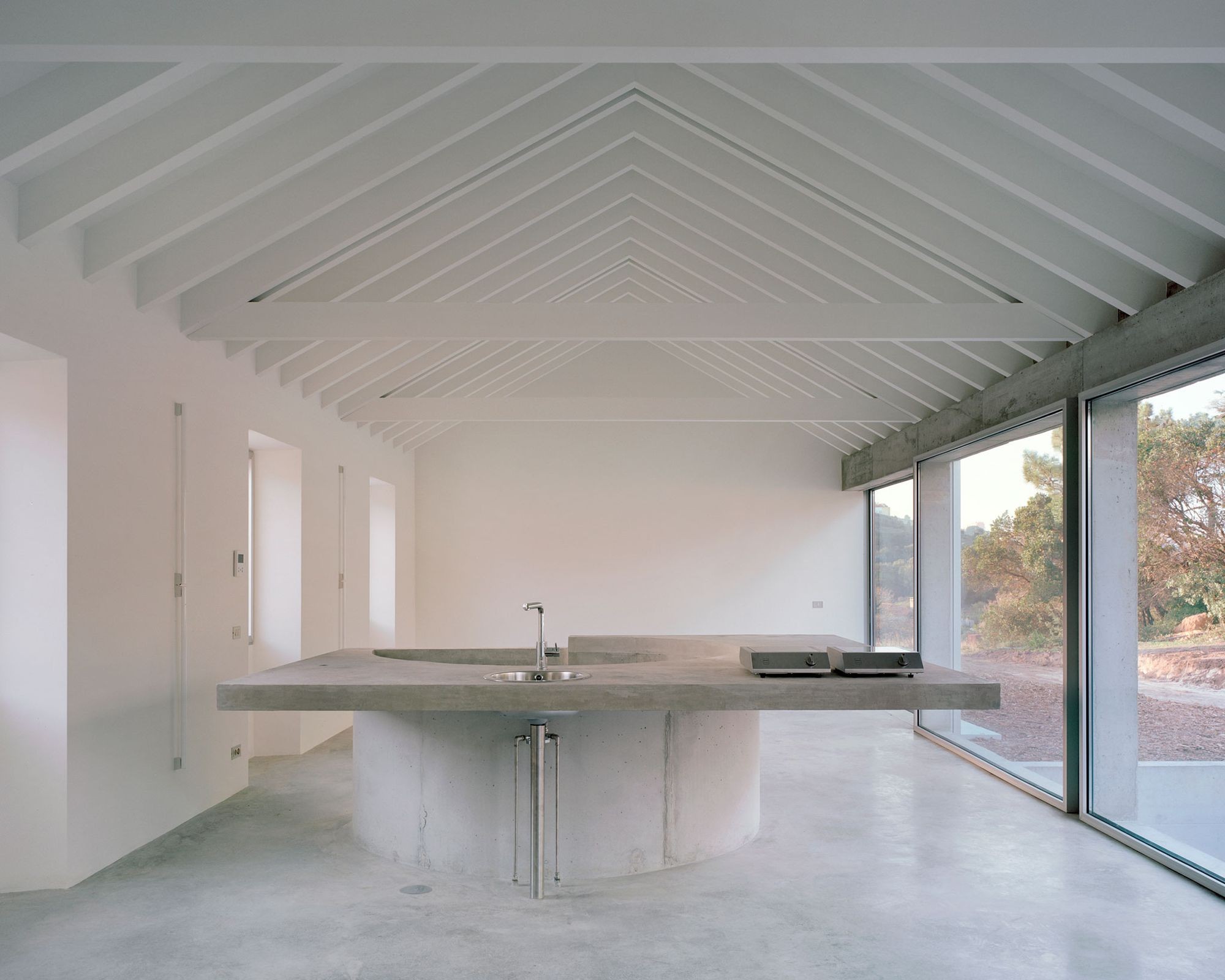
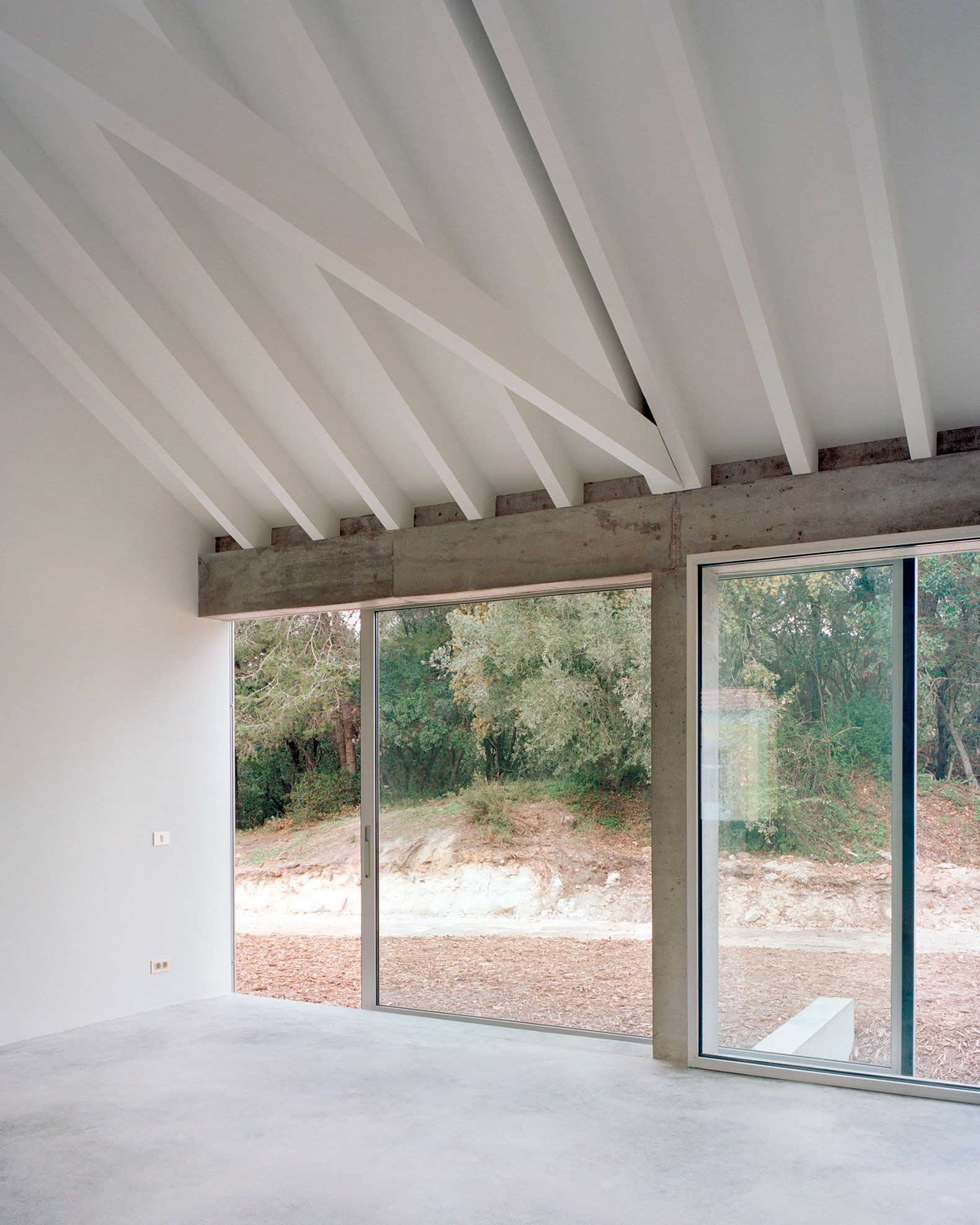
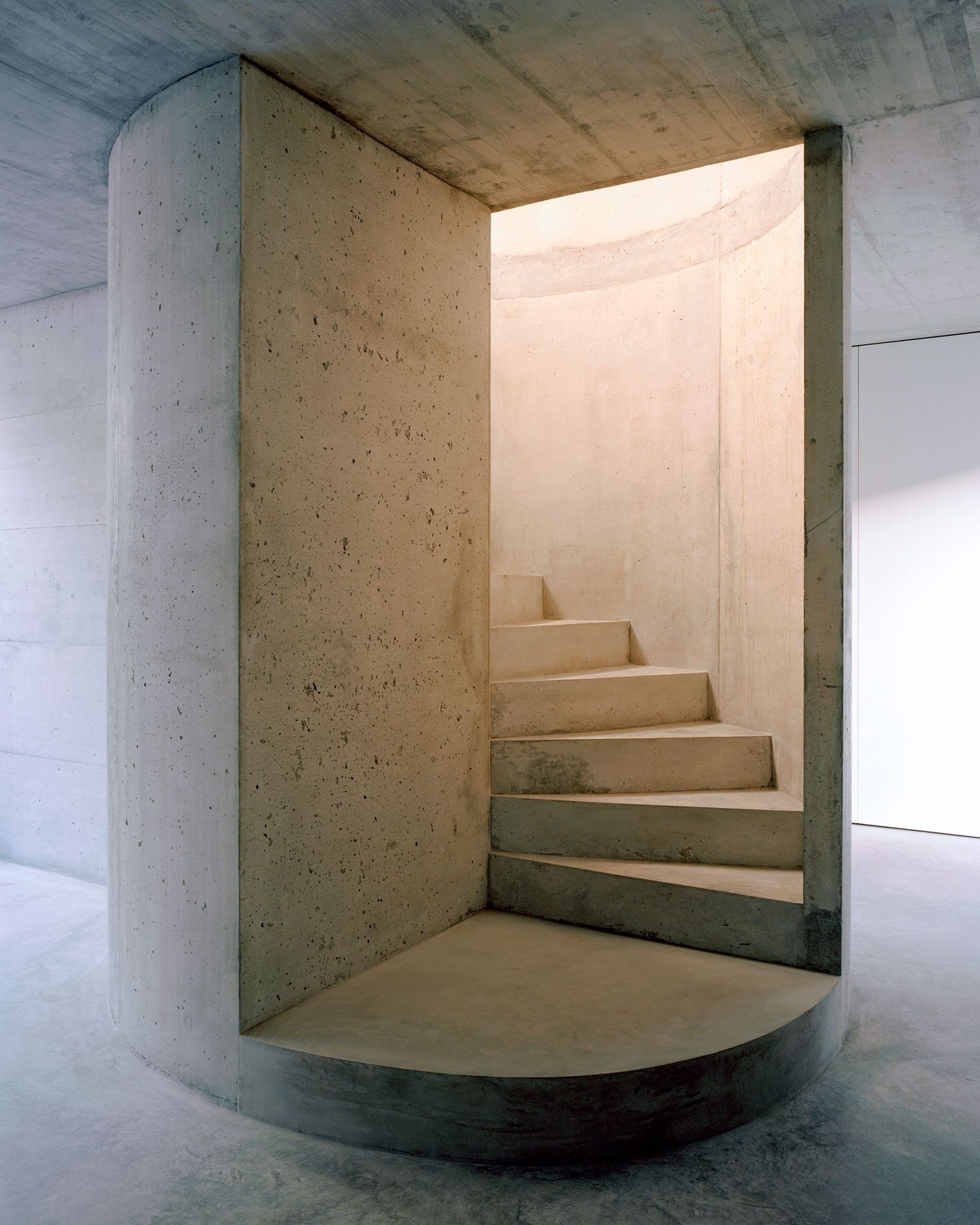

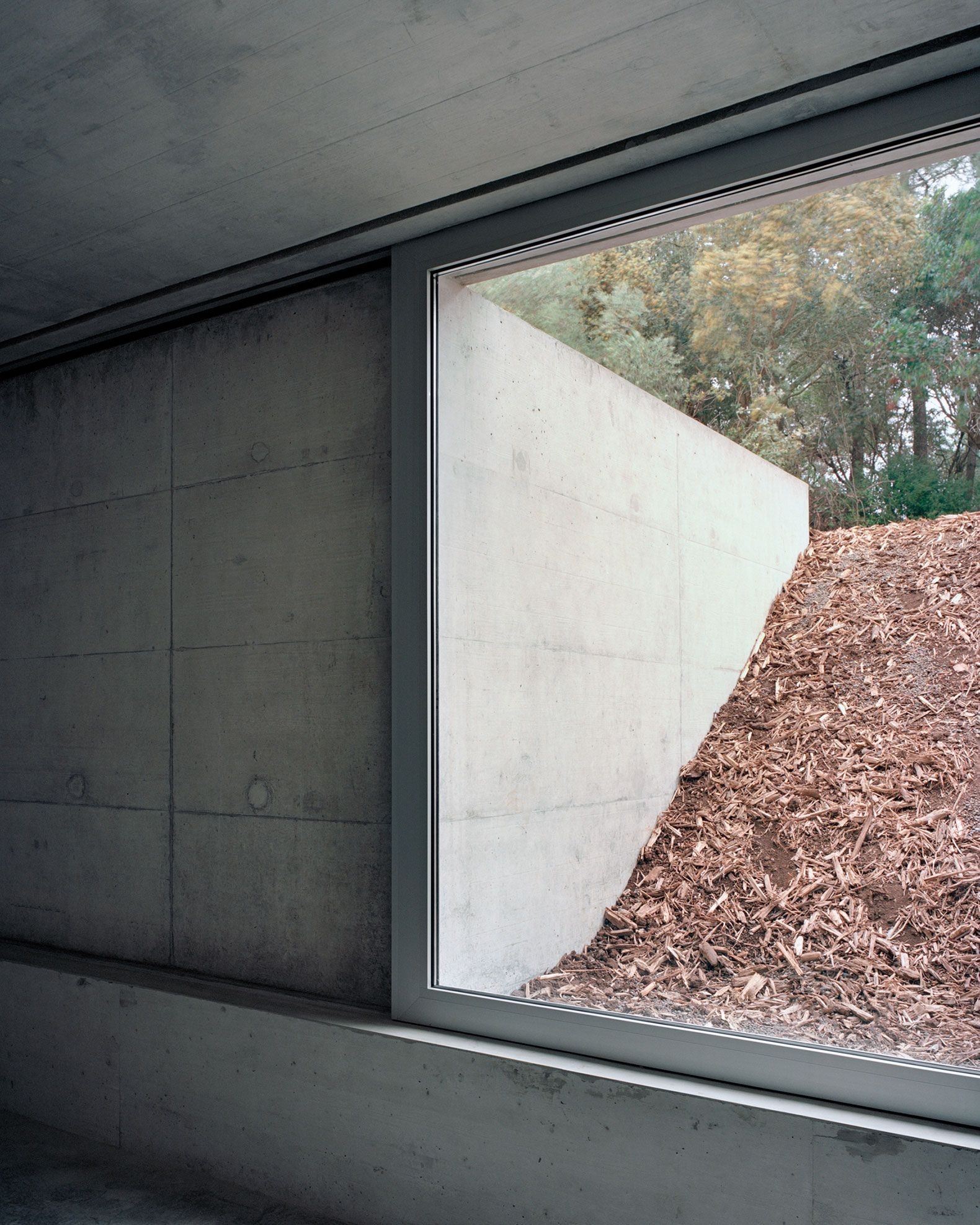
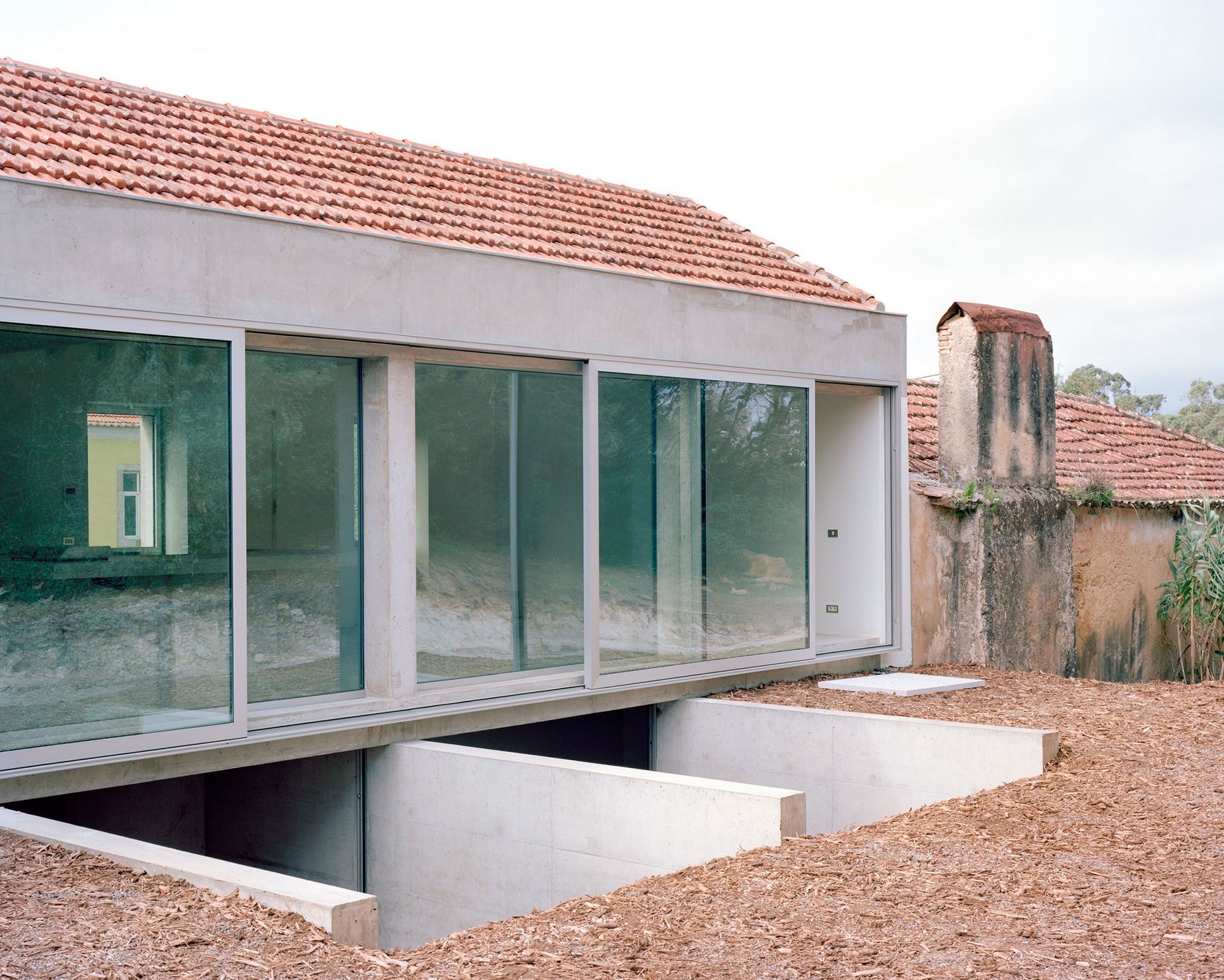
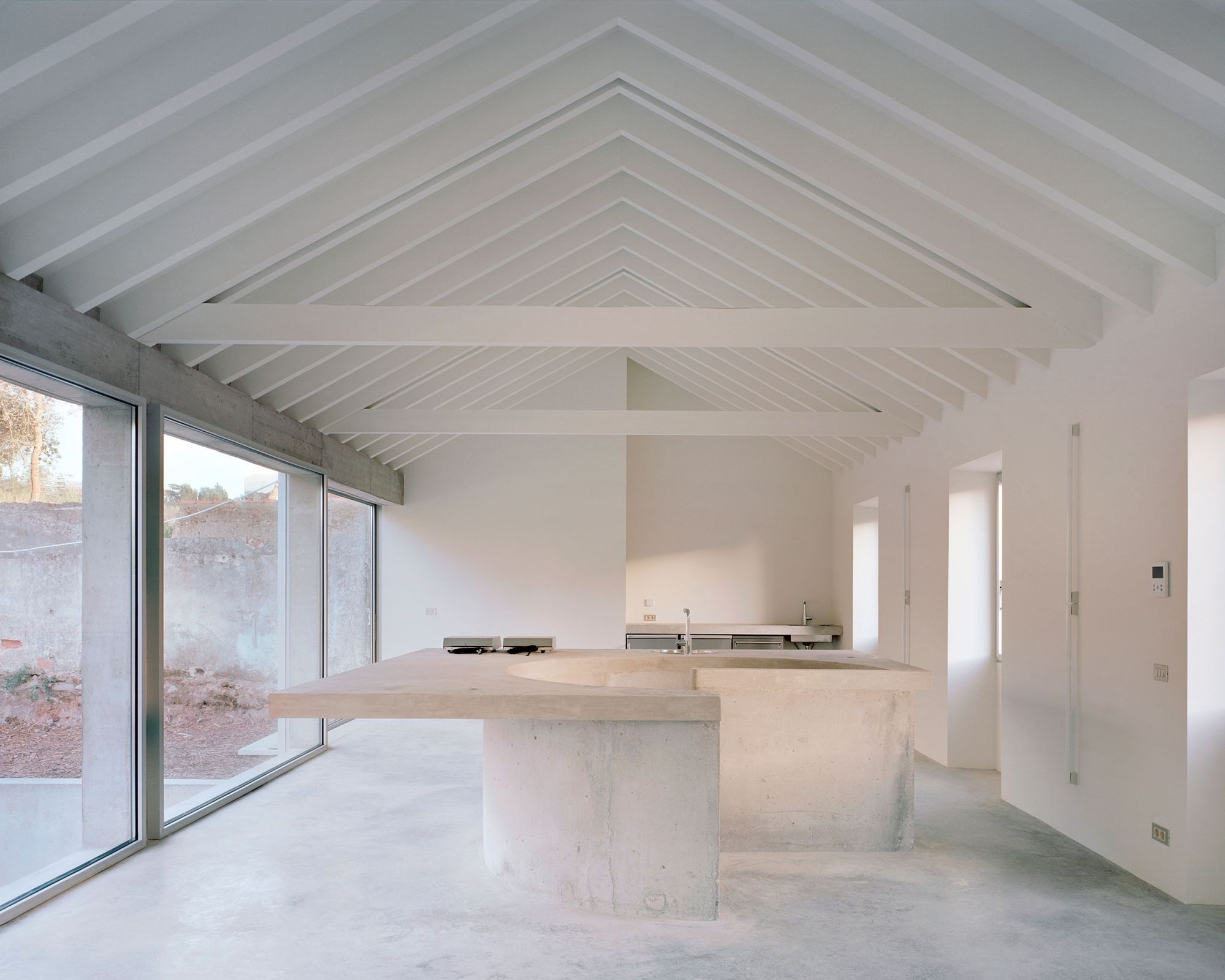
Comments
(0)